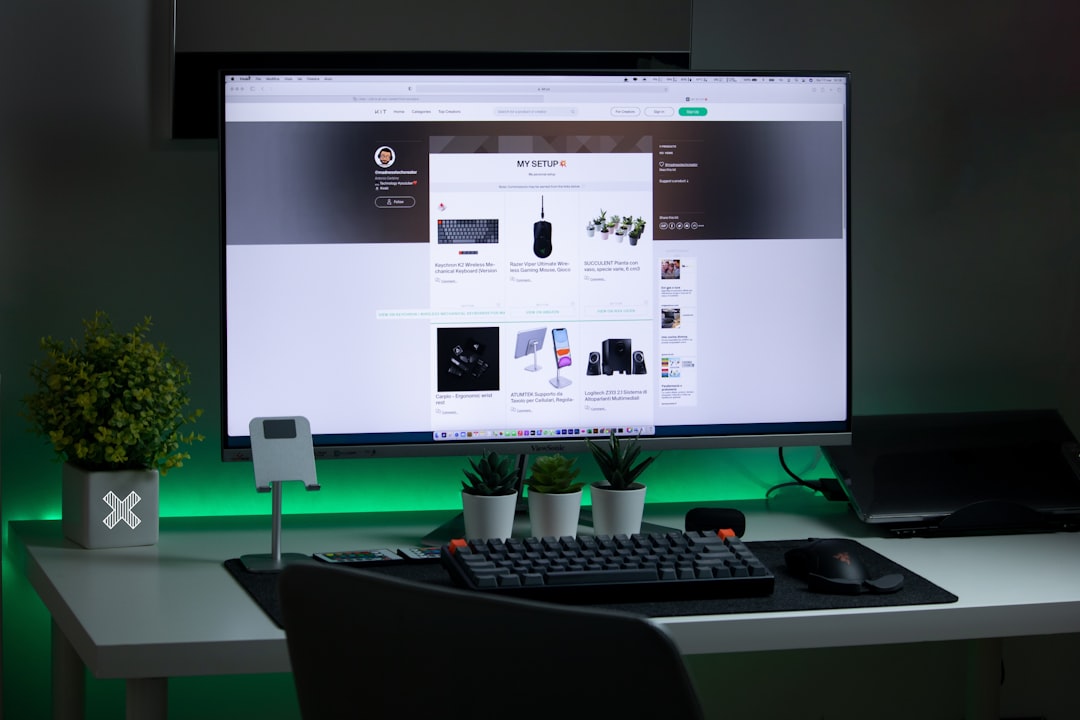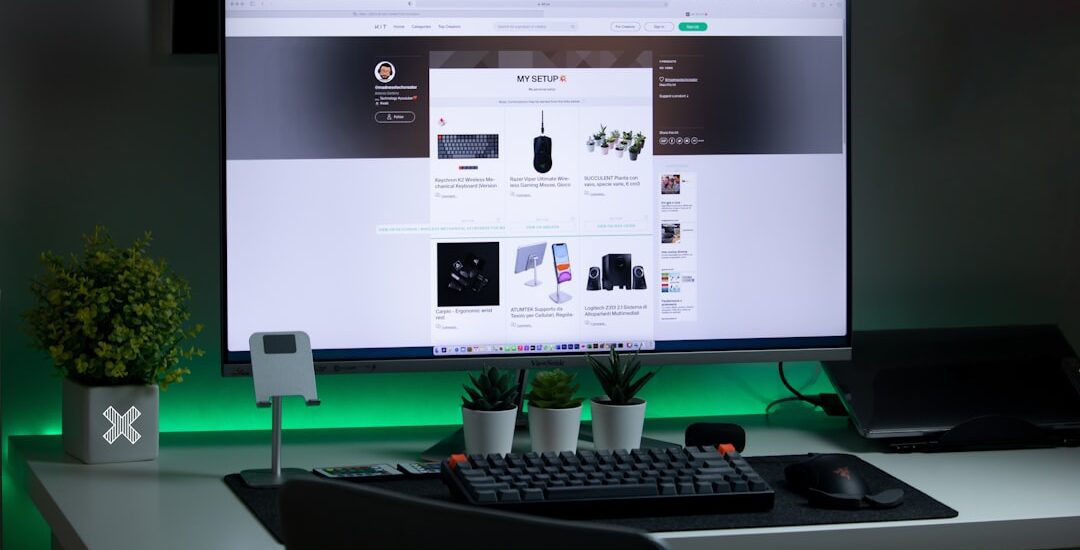{ “title”: “The Power of Responsive Web Design in Today’s Digital Age”, “excerpt”: “Explore the crucial role of responsive web design in enhancing user experience across multiple devices, and learn how to implement it in your WordPress site.”, “category”: “Web Development”, “content”: “
In an era where digital interaction is increasingly mobile, responsive web design has become an integral part of building a user-friendly website. It ensures your site looks great and functions seamlessly, no matter the device your visitors are using.

Responsive design is all about flexibility and adaptability. It involves designing and coding a website so that its layout, images, and functionalities respond and adapt to different screen sizes. This kind of design can enhance user experience, improve site performance, and boost your search engine rankings. For more in-depth understanding of the concept, you can refer to this post on Mastering the Art of Responsive Web Design.
The Importance of Responsive Web Design
In today’s digital world, people use a wide range of devices to access the web, including smartphones, tablets, laptops, and desktop computers. Each device has a different screen size, resolution, and user interface. A responsive website can provide an optimal viewing experience across all these devices, reducing the need for users to resize, pan, or scroll excessively. In addition, responsive design also plays a significant role in improving your site’s SEO. Google, for instance, prioritises mobile-friendly websites in its search results.
Implementing Responsive Design in WordPress
WordPress, a widely used content management system, makes it relatively easy to create a responsive website. Here’s a brief guide on how you can make your WordPress site responsive:
Choose a Responsive Theme
WordPress offers a vast selection of responsive themes that are ready to use. These themes are designed to automatically adjust the layout of your site to fit different screen sizes.
Use Responsive Plugins
There are numerous WordPress plugins available that can help you create a responsive design. These plugins can make your images, menus, and other site elements responsive.
Customize with CSS Media Queries
If you’re comfortable with coding, you can use CSS media queries to adjust the layout of your site based on the screen size. You can learn more about this in our post on What is WordPress and WordPress PHP?
Responsive web design can significantly improve your user’s experience, increase your site’s traffic, and boost your search engine rankings. If you haven’t yet, it’s high time to consider implementing it in your WordPress site. Remember, the key to a successful responsive design lies in understanding your audience’s needs and testing your design on various devices. And as you work on your design, don’t forget the power of color, as discussed in this post on the use of color in envisioning information.
Ready to make your website more user-friendly and accessible? Start exploring the world of responsive design now.
” }





